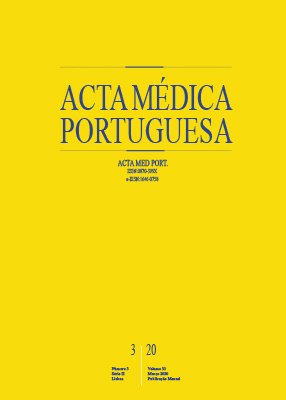Capnothorax During Laparoscopy in Trendelenburg Position: A Rare Case Study
DOI:
https://doi.org/10.20344/amp.11606Keywords:
Head-Down Tilt/adverse effects, Laparoscopy, Pneumothorax/etiology, Positive-Pressure RespirationAbstract
Pneumothorax is an infrequent complication of laparoscopic surgery. Most cases occur during upper abdominal surgery, since a head-down position (Trendelenburg) pushes the liver and peritoneum against the diaphragm, reducing gas release. When it is due to CO2 diffusion across congenital diaphragmatic defects, it usually resolves itself spontaneously after de-insufflation of the pneumoperitoneum. Increasing positive end-expiratory pressure to counteract intra-abdominal pressure is an effective measure when a pulmonary origin is excluded. We report a case of right-sided hypertensive capnothorax due to a diaphragmatic defect, during lower abdominal surgery, which was successfully managed without the need for chest drainage. This case highlights the importance of maintaining active vigilance and a high index of suspicion for pneumothorax during laparoscopic surgery.
Downloads
Downloads
Published
How to Cite
Issue
Section
License
All the articles published in the AMP are open access and comply with the requirements of funding agencies or academic institutions. The AMP is governed by the terms of the Creative Commons ‘Attribution – Non-Commercial Use - (CC-BY-NC)’ license, regarding the use by third parties.
It is the author’s responsibility to obtain approval for the reproduction of figures, tables, etc. from other publications.
Upon acceptance of an article for publication, the authors will be asked to complete the ICMJE “Copyright Liability and Copyright Sharing Statement “(http://www.actamedicaportuguesa.com/info/AMP-NormasPublicacao.pdf) and the “Declaration of Potential Conflicts of Interest” (http:// www.icmje.org/conflicts-of-interest). An e-mail will be sent to the corresponding author to acknowledge receipt of the manuscript.
After publication, the authors are authorised to make their articles available in repositories of their institutions of origin, as long as they always mention where they were published and according to the Creative Commons license.









